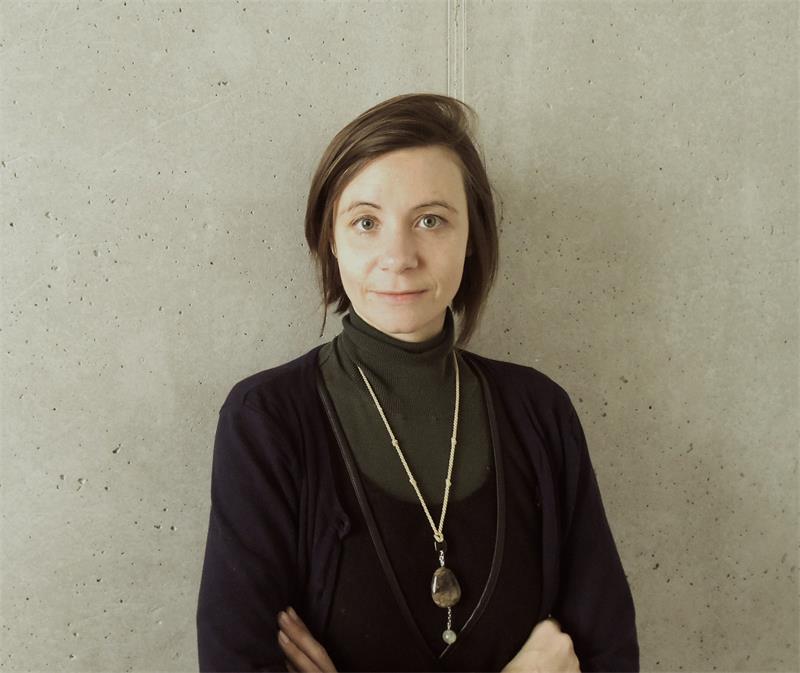
Francesca Rolandi, picture is taken from the webpage.
NEWFELPRO's researcher from the incoming scheme, Francesca Rolandi, brought to an end her two year long project The migration flows in the Upper Adriatic area during the Cold War. An insight into asylum policies at the border of the Western Bloc (MIGFLOUPADCOWA) at the Faculty of Philosophy in Rijeka under the mentorship of Professor Darko Dukovski.
Francesca Rolandi graduated in history at the University of Milan, and got a PhD in Slavic Studies at the University of Turin by exploring the influence of Italian popular culture in Yugoslavia in the period from 1955 to 1965. Her current research is focused on the migration of Yugoslav citizens in Italy in the period between 1950 and 1960. Currently, Francesca Rolandi's project investigates transnational migration in the Upper Adriatic from 1954 to 1969. In fact, in those post-war decades, every year thousands of migrants and refugees from Eastern Europe applied for political asylum in Italy in order to board the ship for overseas destinations. The citizens of Yugoslavia were in a majority until the 1960s when their numbers began to decline which coincided with a parallel increase in the number of refugees from other eastern countries. In both cases, the region has played a major role because of its geographical proximity.
During the implementation of her NEWFELPRO project she presented her work by:
Francesca Rolandi graduated in history at the University of Milan, and got a PhD in Slavic Studies at the University of Turin by exploring the influence of Italian popular culture in Yugoslavia in the period from 1955 to 1965. Her current research is focused on the migration of Yugoslav citizens in Italy in the period between 1950 and 1960. Currently, Francesca Rolandi's project investigates transnational migration in the Upper Adriatic from 1954 to 1969. In fact, in those post-war decades, every year thousands of migrants and refugees from Eastern Europe applied for political asylum in Italy in order to board the ship for overseas destinations. The citizens of Yugoslavia were in a majority until the 1960s when their numbers began to decline which coincided with a parallel increase in the number of refugees from other eastern countries. In both cases, the region has played a major role because of its geographical proximity.
During the implementation of her NEWFELPRO project she presented her work by:
- Publishing an article titled Heading towards the West. Yugoslav asylum seekers and iIaly (1955-1968) in the journal Acta Histriae (2015).
- In cooperation with the CAS SEE Rijeka she organized a workshop on the theme Across the National Border: Making and remarking the Multicultural Adriatic Area where he presented the work title The Yugoslav Asylum Seeker: A Case Study at the Border of the Western Bloc.
- On the Third Annual Conference of the Center for Cultural Studies called Identity and Culture, she gave a lecture titled The Yugoslav Asylum Seeker: Between Political and Economic Migration.
- She presented her project in her lecture at European contemporary and social history of East and Southeast Europe in the 19 and 21 century.
- She took part in the Second International Conference named Socialism on the bench, organized by the Center for Cultural and Historical Research of Socialism with the theme Migration as constructive or destructive element in Socialist Yugoslavia.
Professor Rolandi besides her research work actively translates from Croatian, Bosnian and Serbian to the Italian language and she is working as a journalist in the Osservatorio sui Balcani and Profiles dell'Est.
